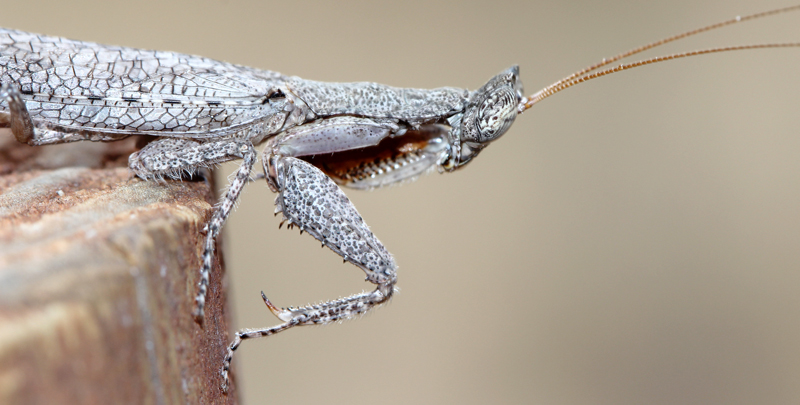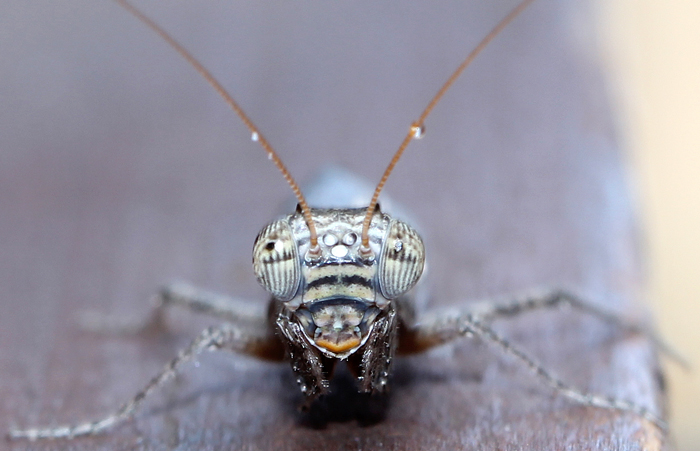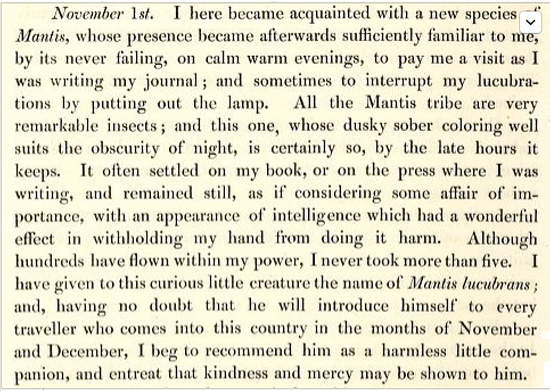Superfamily Eremiaphiloidea. Family Eremiaphilidae. Subfamily Tarachodinae. Tribe Tarachodini

KNP by ExF

KNP
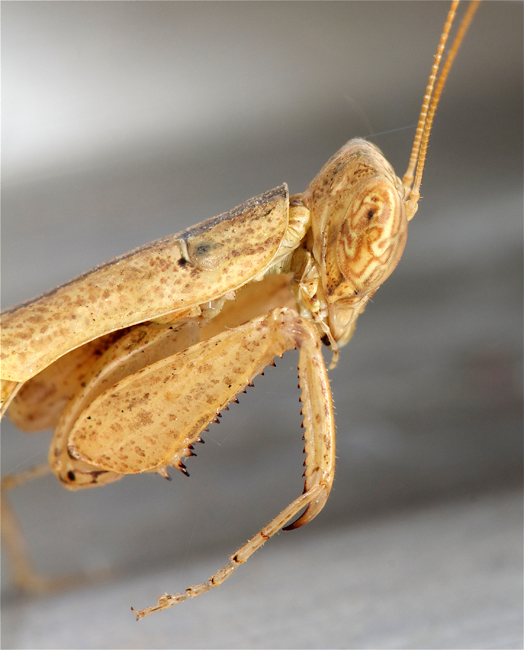
KNP
Genus Galepsus
Galepsus is a genus in the Tarachodidae family. There are four subgenera and 67 valid species within this genus. Galepsus is one of the genera that require global revision, especially those from under-collected regions such as Sub-Saharan Africa.
Distribution
The distribution of Galepsus is estimated to be mostly in Sub-Saharan Africa, Fiji and the island of the Comoros.
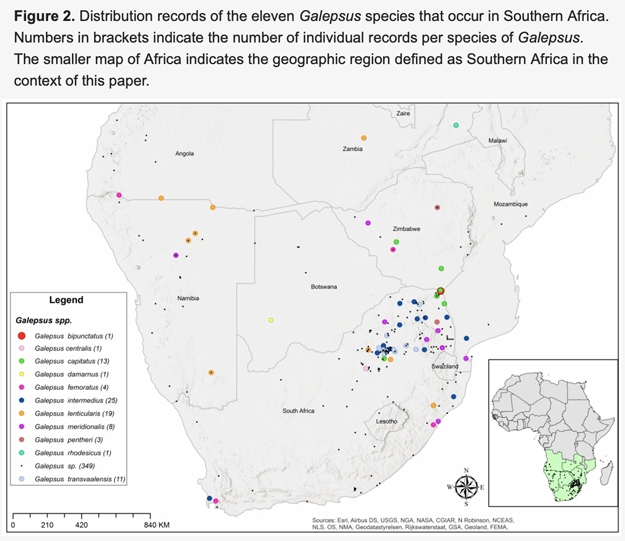
Habitat
Its distribution in Southern Africa is associated with the grassland and savanna biomes.
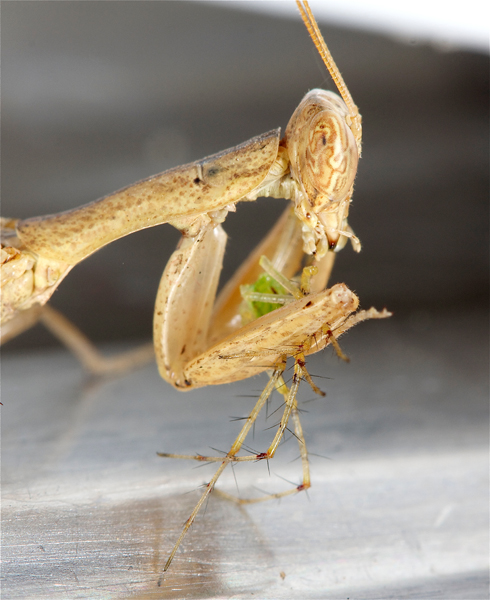
KNP
Galepsus (Syngalepsus) bipunctatus, Galepsus (Onychogalepsus) capitatus and Galepsus (Onychogalepsus) intermedius are known to occur in the Kruger National Park.
Galepsus Subgenera
According to Beier’s key, both subgenera Syngalepsus and Onychogalepsus have:
Vertex straight or slightly rounded, not set off from the dorsal margin of the eyes, without incisions and without bumps
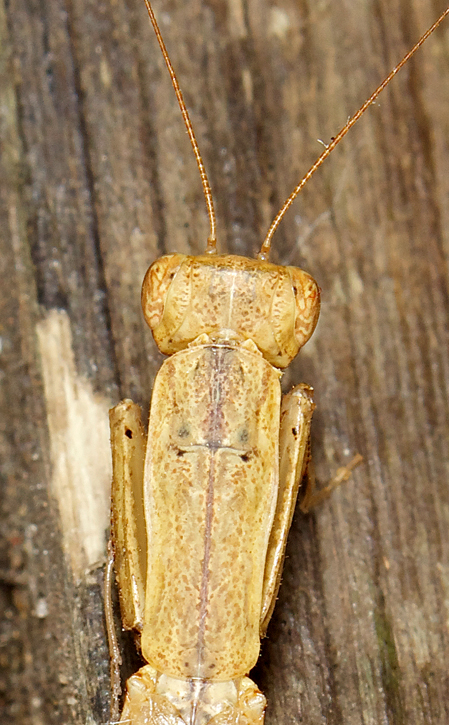
KNP
But points to the following differences:
ONYCHOGALEPSLUS nov. subgen.
Head clearly wider than proton
Lower frons transverse to almost square
Pronotum: supracoxial dilation at most weakly pronounced
Prosternum in the median line more or less blackened, without spots
SYNGALEPSUS nov. subgen.
Head rounded pentagonal
Lower frons wider than high
Eyes oval, with rounded but pronounced upper corner
Pronotum: without supracoxial dilation
Prosternum with 2 circular spots in the metazone, sometimes also blackened over a large area
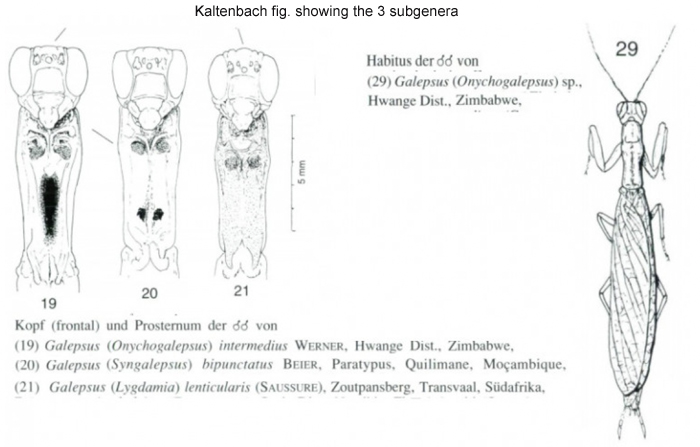
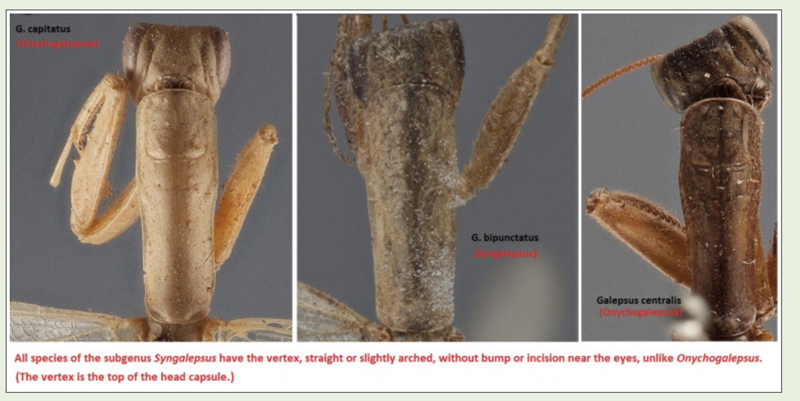
The subgenus Syngalepsus (Beier 1954) represents the least diverse subgenus of Galepsus in Africa (Ehrmann 2002).
Distribution of subgenus Syngalepsus
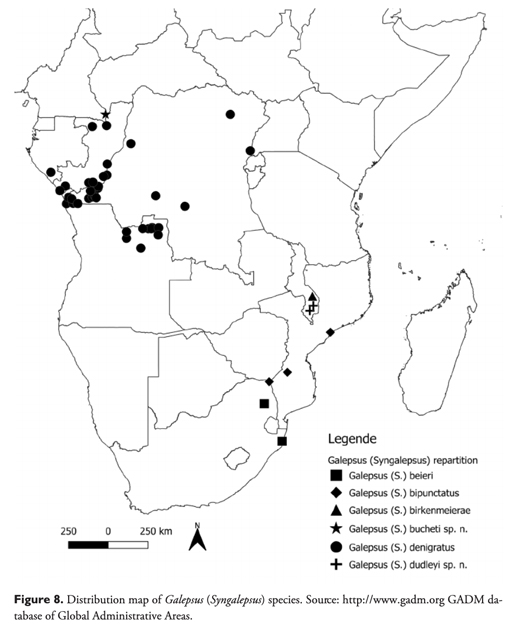
Links:
https://www.mdpi.com/2075-4450/11/2/119/htm
https://www.zobodat.at/pdf/ANNA_100B_0019-0059.pdf
http://biblio.naturalsciences.be/rbins- ... nt-red.pdf




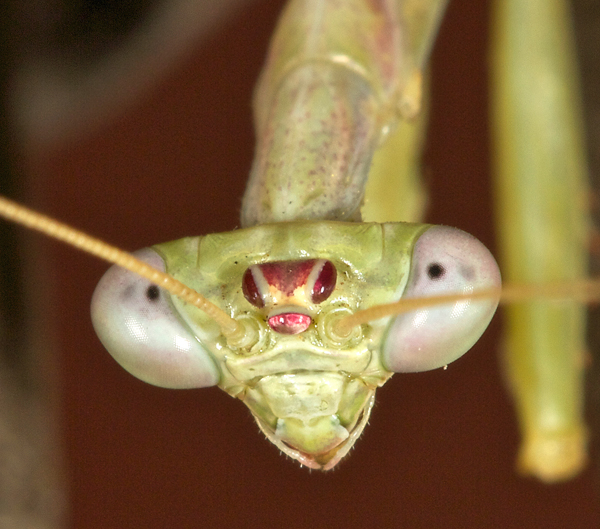
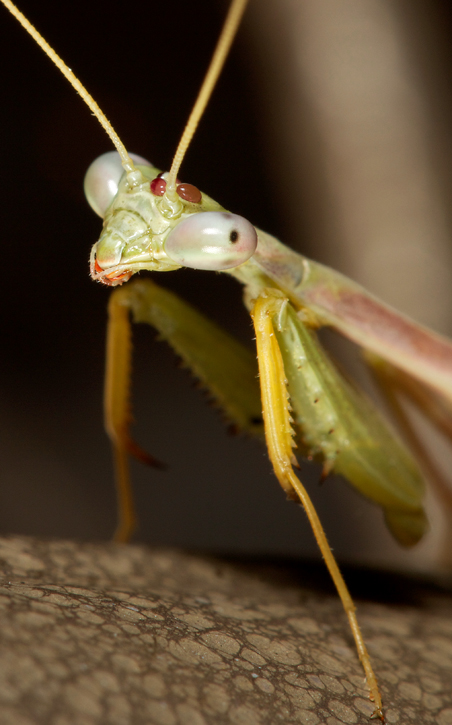
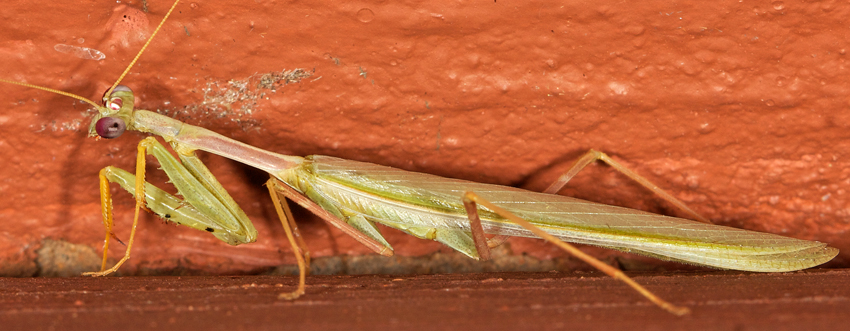
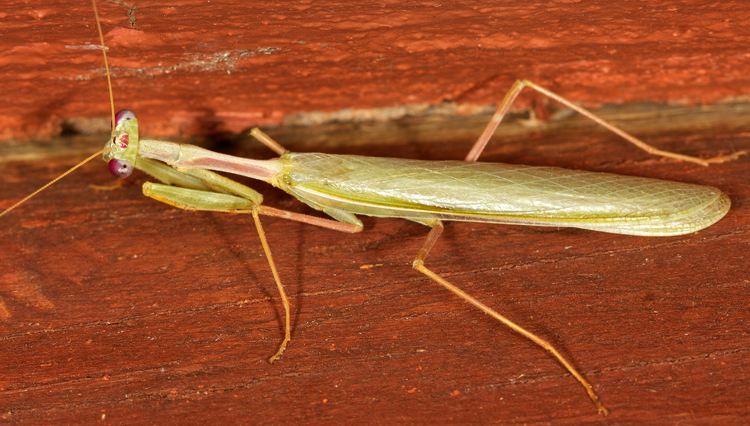

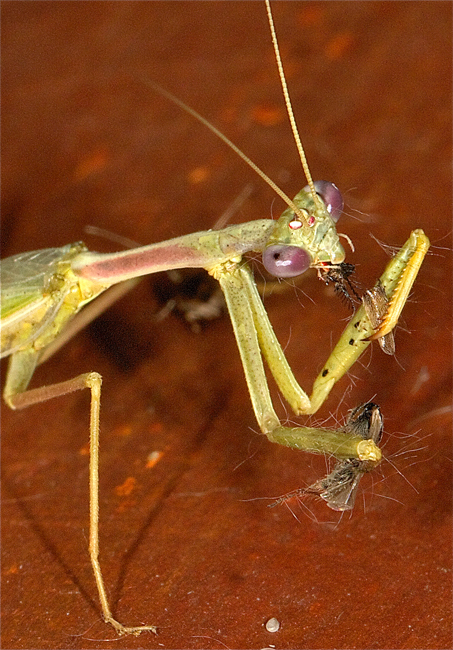
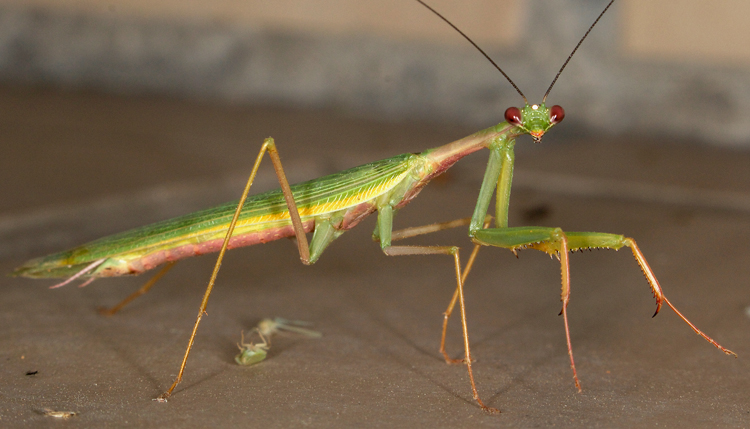

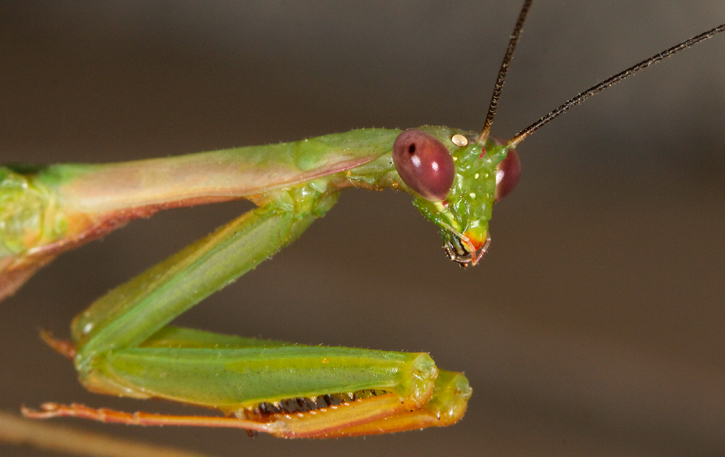
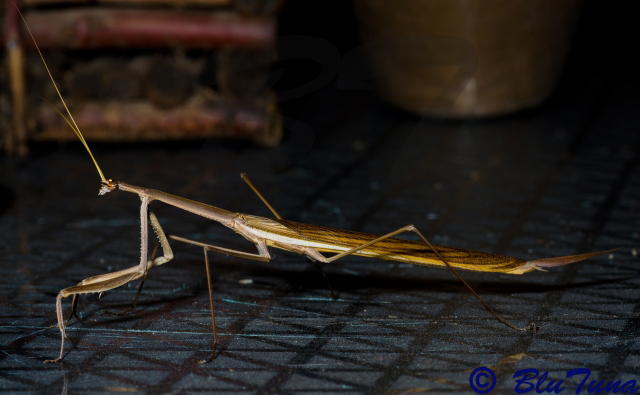
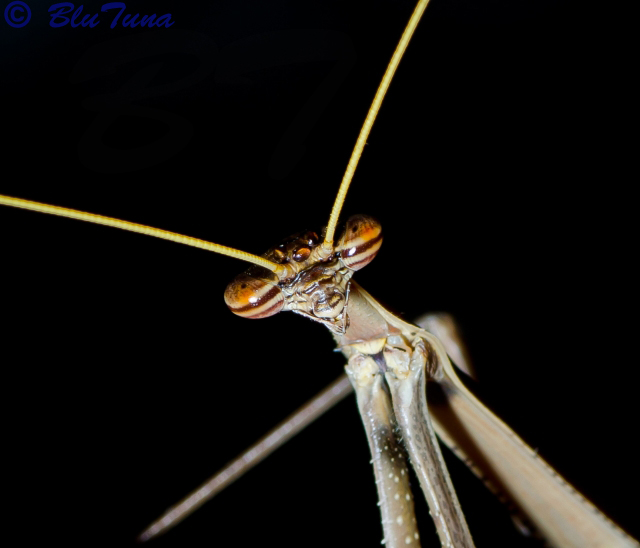
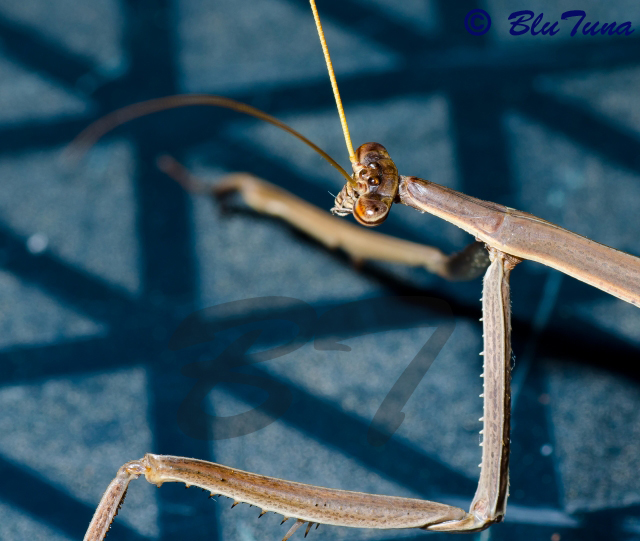

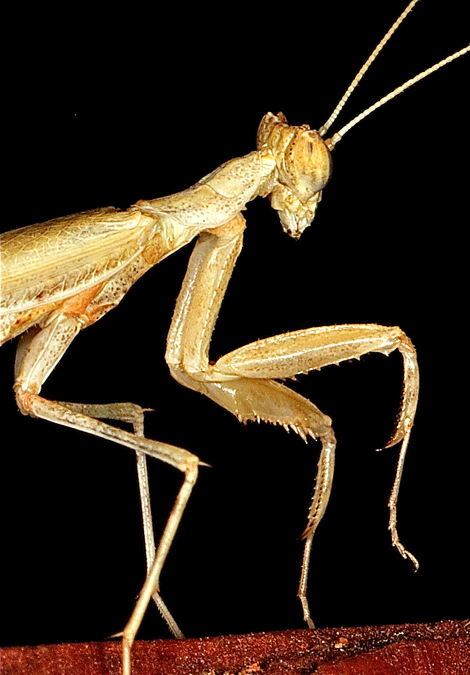
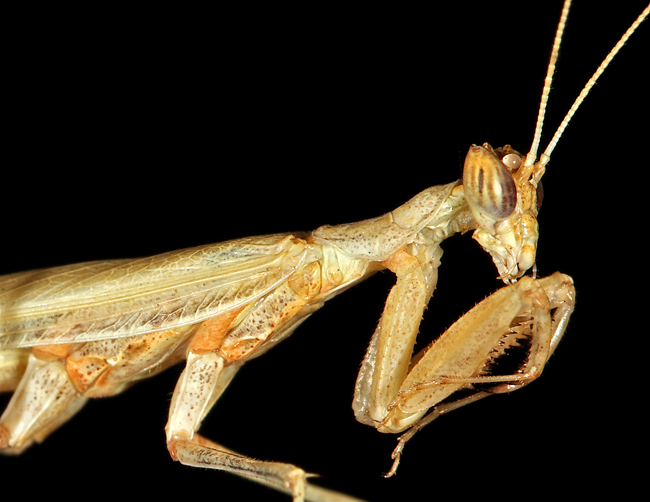
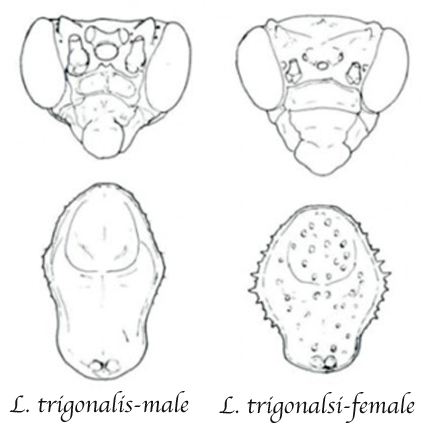


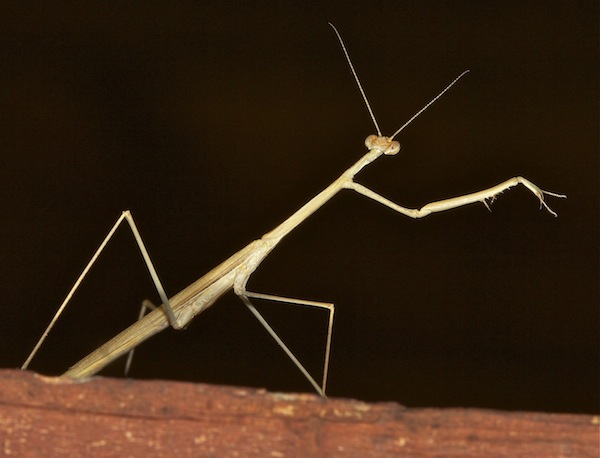
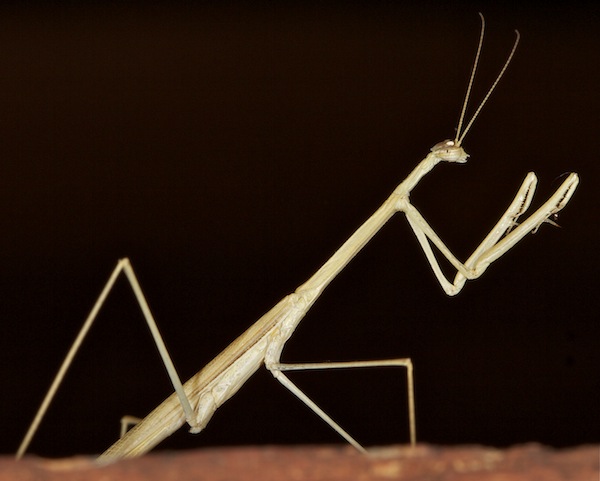
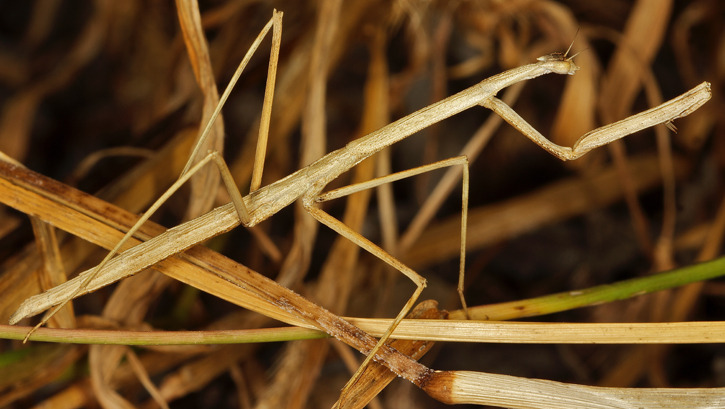



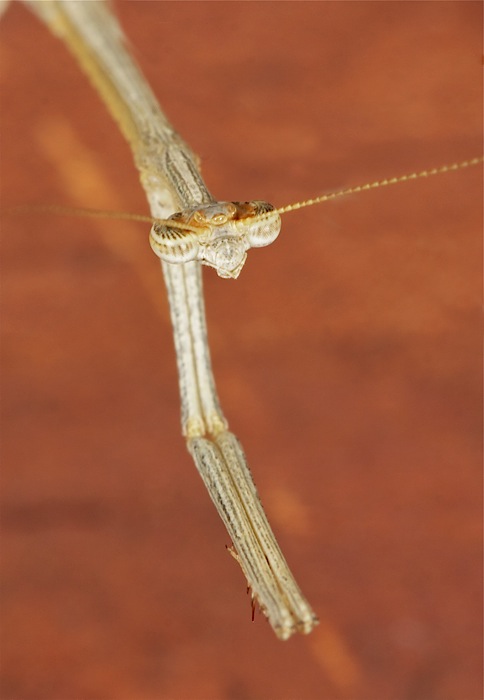

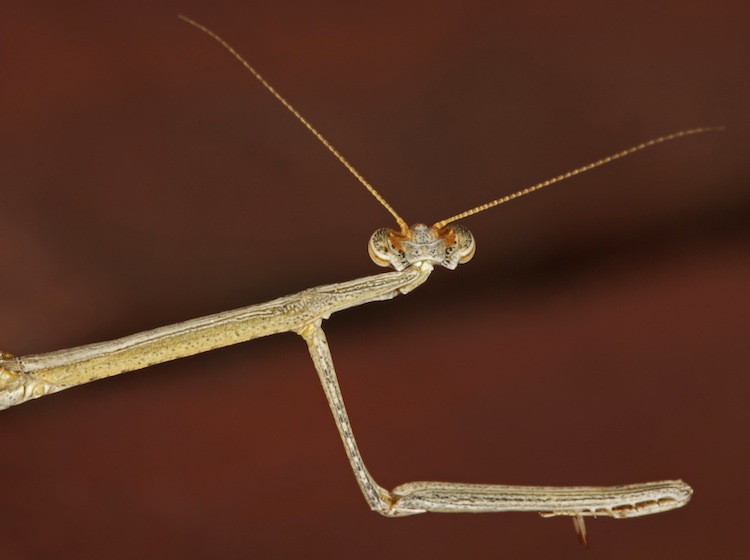
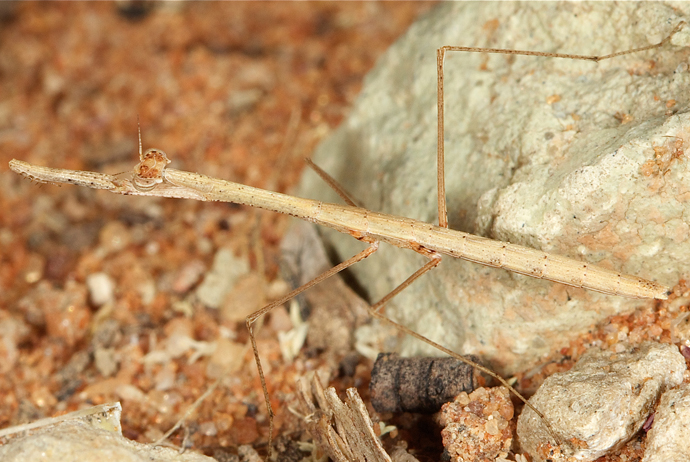

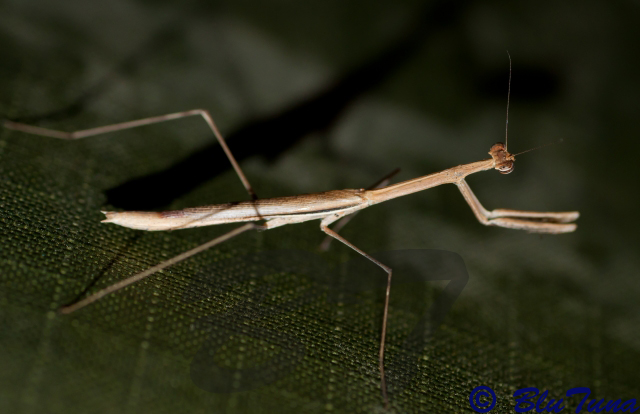 © BluTuna
© BluTuna